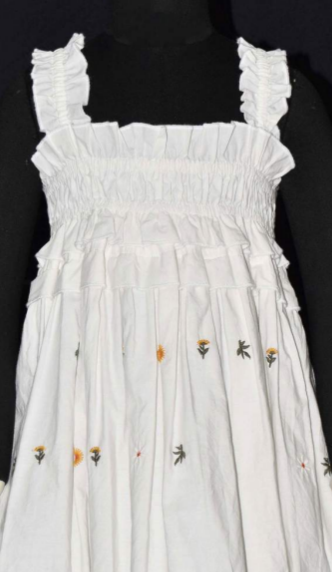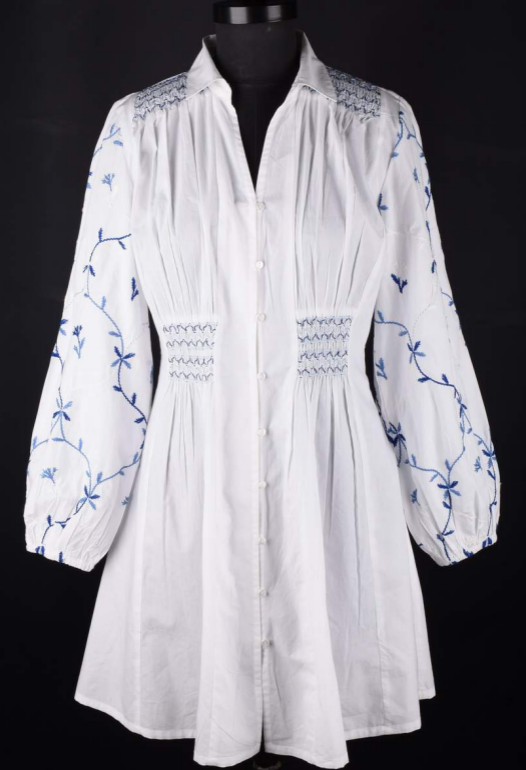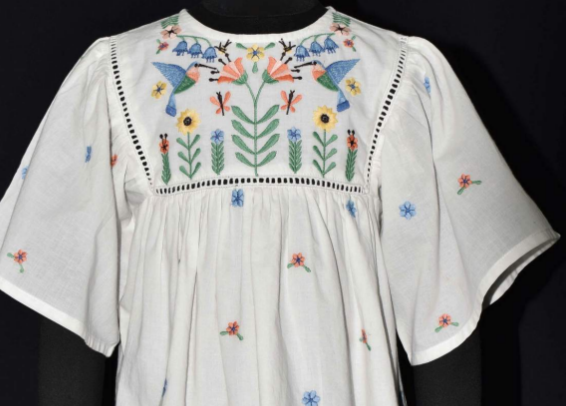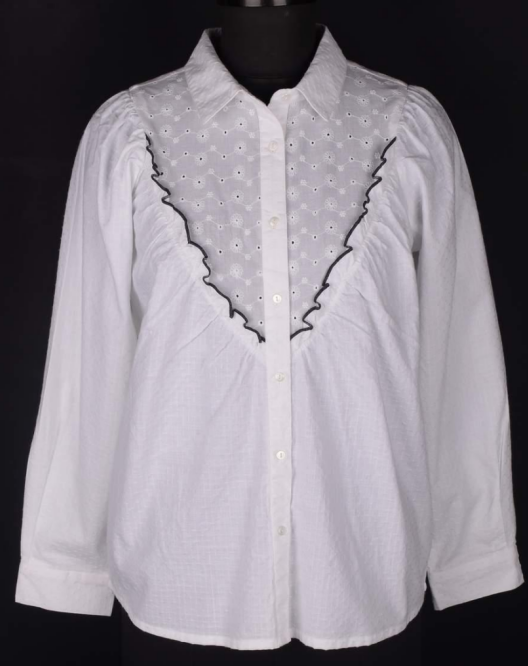Top 10 Tips For Working Smoothly With Third-Party Clothing Manufacturers
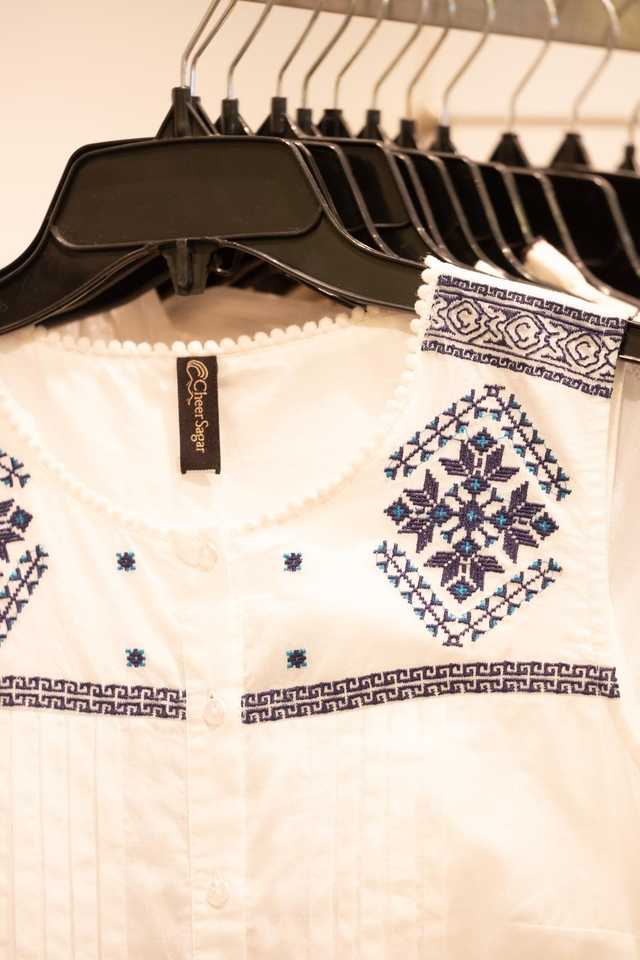
Collaborating with third-party clothing manufacturers can dramatically streamline production processes and expand business capabilities. Whether you are a budding fashion startup or an established brand looking to outsource production, understanding how to effectively work with apparel manufacturing companies is crucial. This guide will offer practical tips and insights to help you forge successful partnerships with third-party manufacturers, ensuring quality results and a mutually beneficial relationship. By focusing on communication, quality control, and strategic planning, you can enhance your brand's operational efficiency and market responsiveness.
Understanding Third-Party Clothing Manufacturers
What are third-party manufacturers in the clothing industry?
Third-party manufacturers in the clothing industry are specialized entities responsible for the production of apparel on behalf of other companies. These manufacturers could be local or international factories that provide a full range of services from designing and prototyping to mass production and sometimes shipping. They allow clothing companies to outsource production processes, enabling brands to focus on design, marketing, and sales without getting bogged down by the complexities of manufacturing.
Benefits of collaborating with third-party manufacturers
Collaborating with third-party manufacturers offers numerous advantages. Firstly, it significantly reduces capital investment as companies don't need to own or maintain factories. Second, it provides access to advanced production technologies and skilled labor which might be too costly or unavailable domestically. Furthermore, third-party partnerships can enhance production flexibility, enabling companies to scale operations up or down based on demand fluctuations more efficiently. This collaboration also opens doors to new markets, particularly when working with manufacturers that have a global distribution network.
Tips for Successful Collaboration
Communicate your requirements and expectations
To foster a successful partnership with a third-party manufacturer, clear communication of your brand’s requirements and expectations is crucial. Start by providing comprehensive information about the product including materials, designs, and specific production needs. Clarify quality standards and timelines, and ensure they align with the capabilities and schedule of the manufacturer. Detailed contracts specifying all these elements can help avoid misunderstandings and manage expectations on both sides effectively.
Establish a strong partnership with regular communication
Establishing a strong, ongoing partnership is key in third-party manufacturing collaborations. Regular communication not only helps in ironing out operational kinks but also builds trust and mutual respect. Schedule regular updates, engage in frequent progress reviews, and be open to feedback. This proactive approach ensures that both parties are aligned and can quickly address any challenges or changes in the market or project scope.
Quality control measures to ensure product consistency
To ensure product consistency, implement strict quality control measures throughout the manufacturing process. Agree with your third-party manufacturer on quality benchmarks and the stages of inspection. Utilizing both in-process and pre-shipment inspections can help catch issues early and mitigate the risk of defective products reaching the market. Consider third-party audits for an unbiased review of quality practices if necessary, to maintain high product standards and protect your brand reputation.
Overcoming Challenges in the Collaboration Process
Working with third-party manufacturers often brings unique challenges to the collaboration process. Learning to navigate these obstacles effectively is key to maintaining project timelines, ensuring quality, and fostering a collaborative relationship. We'll tackle some of the most common issues you might face, such as production delays and quality control problems.
Addressing Production Delays and Timelines
Production delays can be a significant hurdle in working with third-party clothing manufacturers, impacting your ability to meet market deadlines and potentially harming your brand reputation. To address this challenge:
- Establish clear communication channels: Maintain open lines of communication with your manufacturer. Regular updates can help anticipate and mitigate delays.
- Implement a detailed timeline: Develop a realistic timeline with buffer periods to accommodate unforeseen delays. Ensure both parties agree on this schedule.
- Foster relationships with multiple suppliers: This can provide alternatives if your main manufacturer faces issues that could cause delays.
Resolving Quality Control Issues Efficiently
Maintaining high standards of quality is crucial when outsourcing production. Poorly made products can damage your brand's credibility and customer satisfaction. Efficiently resolving quality control issues involves several key strategies:
- Set clear quality benchmarks: Define and discuss quality expectations thoroughly with your manufacturer before production begins.
- Schedule regular quality checks: Conduct inspections at various stages of the production process. This helps catch issues early, preventing them from becoming more extensive problems.
- Emphasize the importance of consistency: Ensure the manufacturer understands the need for product consistency across different production batches.
- Have a contingency plan: Be prepared with actions to rectify quality issues. This might include revising certain processes or, if necessary, switching manufacturers to uphold product standards.
By implementing these strategies, you can significantly enhance the success of your collaboration with third-party clothing manufacturers like Cheer Sagar, leading to more reliable production outcomes and higher-quality products.
Conclusion
Collaborating with third-party clothing manufacturers like Cheer Sagar can significantly enhance your production capabilities and broaden your market reach. By clearly defining your goals and expectations, maintaining open lines of communication, and fostering strong relationships, you can ensure a productive partnership. Remember to prioritize quality control and take proactive steps to navigate potential challenges. With these strategies, your collaboration with apparel manufacturers will contribute to the sustainable growth and success of your apparel business.
Related Blog
How Does Technology Influence Women’s Wear Manufacturing?
With every decade, technology is transforming industries with the advent of new tools, smart devices, and automated machinery. And...
How To Mix Linen And Cotton For Trendy Resort Wear Pants | Expert Tips
One of the most consistent trends that you will see practically everywhere is resort wear. The relaxed fit mixed with...
Ways To Dress Up In This Monsoon: Some Cute Ideas
Women are very choosy and particular when it comes to their wardrobe collections. We all know that monsoon is the...

